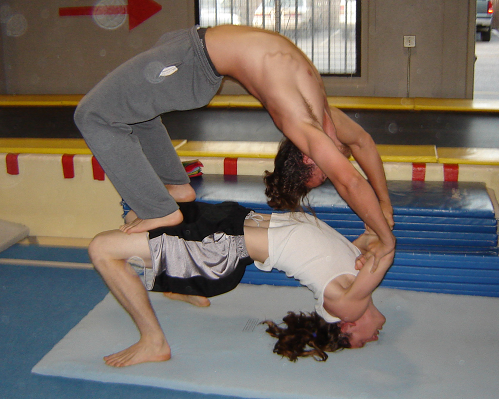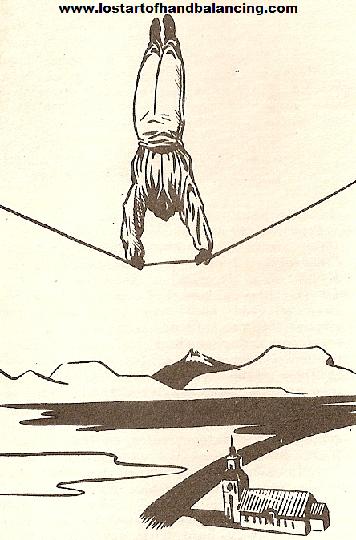Another article has been added to the site. If you have ever wondered what style of handstand you should do, whether arched or straight, this one is for you – Different Styles of Handstands.
Be sure to check it out but before you do I wanted to mention something that might be on your mind.
I have received a number of questions about the monthly newsletter that’s one of the bonuses with the Hand Balancing Mastery Course.
For one, if you have ordered a course and not received it its because the first issue has not yet shipped. But don’t worry yours will go out when its ready.
Most people are visual learners so I figured sending a monthly DVD, along with the newsletter, would be the best way to teach hand balancing and related arts.
The camera I had for the job just wasn’t going to cut it so I just got a brand new camcorder which arrived today. As soon as it stops raining I will be shooting film outside.
Depending on the learning curve and how fast I edit will determine how soon it’s finished and ready to go.
If you’re interested in getting on board, but haven’t bought the course yet, no worries because you’ll be able to sign up in other ways soon. More details to come on that when its ready.
Good Luck and Good Hand Balancing,
Logan Christopher
P.S. Don’t forget about that new handstand article. Feel free to send any feedback you have.












